Mpox or Monkeypox has become a global concern over the last two years since its outbreak in the Democratic Republic of the Congo in 2022. Mpox has so far crossed the boundary of Africa and made its way through Europe to Asia. To ensure the prevention of this viral disease, mass awareness is a must. Let’s take a look into the early symptoms, rash progression, risk factors, incubation period, and contagious duration of the Monkeypox disease.
Major Signs and Symptoms of Mpox
In the early stages of sickness, people affected by Mpox will simply feel unwell. They will be seemingly showing “flu-like” symptoms. Most people will only suffer from these mild symptoms and recover within a period of 2 to 4 weeks.
Early Symptoms
Early symptoms of Mpox include:
Fever: A fever is often one of the first symptoms to appear when someone is infected with Mpox. The body’s temperature rises as a natural defense mechanism to help fight off the virus. This increase in temperature can range from a mild elevation to a high fever, often making the person feel very uncomfortable. The fever may come and go in waves and can be accompanied by a few other symptoms.
Headache: Alongside fever, headaches are a common early symptom of Monkeypox. These headaches can vary in intensity, ranging from mild discomfort to severe pain. The headaches are usually persistent and can make concentration and everyday activities difficult.
Chills: Chills are often experienced as sudden, involuntary muscle contractions that result in shivering. This symptom usually accompanies the fever and can make a person feel cold even when the body temperature is elevated. Chills are a response to the body’s effort to raise its core temperature to fight the infection.
Joint Pains: Joint pains, also known as arthralgia, are common in the early stages of Monkeypox. This discomfort can affect any joint of the body, including the knees, elbows, wrists, and fingers. Joint pain can range from mild to severe and may be constant or intermittent. It often leads to stiffness and difficulty in movement, contributing to the overall feeling of malaise.
Backache: Backache is another frequent symptom, often adding to the discomfort experienced during the early stages of Mpox. The pain is usually centered in the lower back but can also radiate to other areas. This pain can be persistent and may worsen with physical activity or prolonged sitting.
Muscle Aches: Muscle aches, or myalgia, are common and can affect various parts of the body. These aches can range from dull, persistent pain to more intense discomfort that limits movement. Muscle aches can affect the entire body or be localized to specific areas, making physical activities challenging and contributing to the overall sense of fatigue.
Swollen Lymph Nodes: Swollen lymph nodes, also known as lymphadenopathy, are a key indicator of Monkeypox infection. The lymph nodes, particularly those in the neck, armpits, and groin, may become tender and noticeably enlarged. This swelling occurs as the body’s immune system ramps up its response to fight the virus.
Extreme Tiredness: Extreme tiredness, or fatigue, is one of the most debilitating symptoms of Mpox. This profound exhaustion goes beyond normal tiredness, leaving individuals feeling drained and unable to perform everyday tasks. Fatigue can persist throughout the illness, even when other symptoms begin to improve.

Onset of Rash
The onset of the rash typically occurs 1 to 5 days after the appearance of fever and other non-rash symptoms. The Mpox virus causes a distinctive rash that may resemble large chickenpox blisters. This rash can develop in various parts of the body, including the face, inside the mouth, chest, back, arms, hands, legs, feet, and the genital and perianal regions.
Progression of Rash
As the Monkeypox disease progresses inside the body, the rash evolves through several stages, changing in appearance. Initially, the rash presents as flat red spots, which then develop into pustules—sores filled with yellowish fluid. These pustules eventually become crusty, forming scabs that ultimately fall off. The rash can be painful, particularly if the sores or blisters merge or if they occur in sensitive areas like the mouth or around the rectum.
The severity and extent of the rash vary widely; some people may have only a few sores, while others can have several thousand, with sore sizes ranging from small to very large. In rare instances, individuals may not develop a rash at all, instead experiencing symptoms like rectal pain, infection, or bleeding.
Risk Factors
Mpox can potentially lead to serious illness, particularly in certain high-risk groups. These groups include infants, young children, pregnant women, and individuals with reduced immunity. The severity of symptoms can be more pronounced in these populations, making early recognition and management crucial.
Incubation Period
Symptoms of Monkeypox usually develop 7 to 14 days after exposure to an infected person. However, the incubation period can vary, with symptoms appearing as soon as 5 days or as late as 21 days after exposure. This period, known as the incubation period, marks the time between exposure to the virus and the onset of symptoms.
Duration and Contagion
A person with Mpox can spread the virus to others from the onset of symptoms until the rash has fully healed and a new layer of skin has formed. Recent data suggest that some individuals may spread Mpox to others 1 to 4 days before their symptoms appear, although the extent of this pre-symptomatic transmission during the ongoing global outbreak, which began in 2022, is still unclear.
Currently, there is no evidence of identifying asymptomatic individuals (those who never develop symptoms) who have spread the virus to others.
Conclusion
Mpox is a contagious viral illness that can lead to a distinctive rash and other serious symptoms, particularly in high-risk individuals. The progression of the rash from red spots to pustules, followed by crusting and healing, marks the typical course of the disease.
Understanding the incubation period and the contagious period are essential for managing the spread of the virus. While the rash is the most common symptom, Monkeypox may appear in various ways. However, it is important to seek medical attention if exposed to or exhibiting symptoms of the Mpox virus.


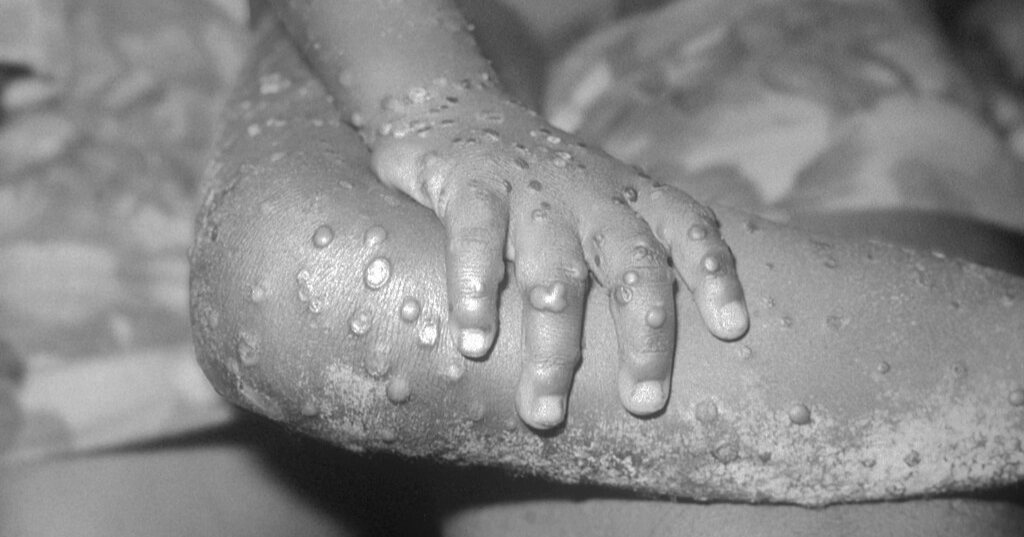


-20251231101531.webp)
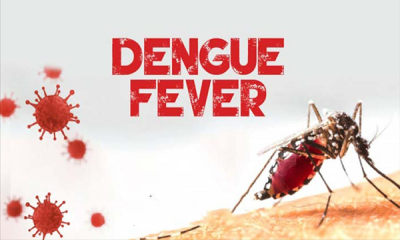
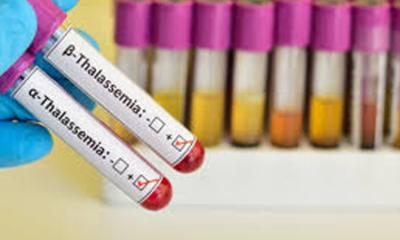
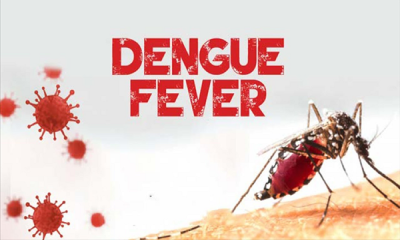
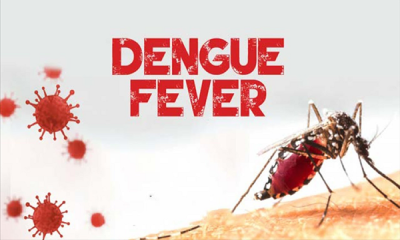





















-20251229113834.jpg)



-(2)-20260102070806.jpeg)


